The 8 Best Gins to Use in an Aviation Cocktail, According to Bartenders
Famous for its lilac hue, this classic deserves an elegant gin.
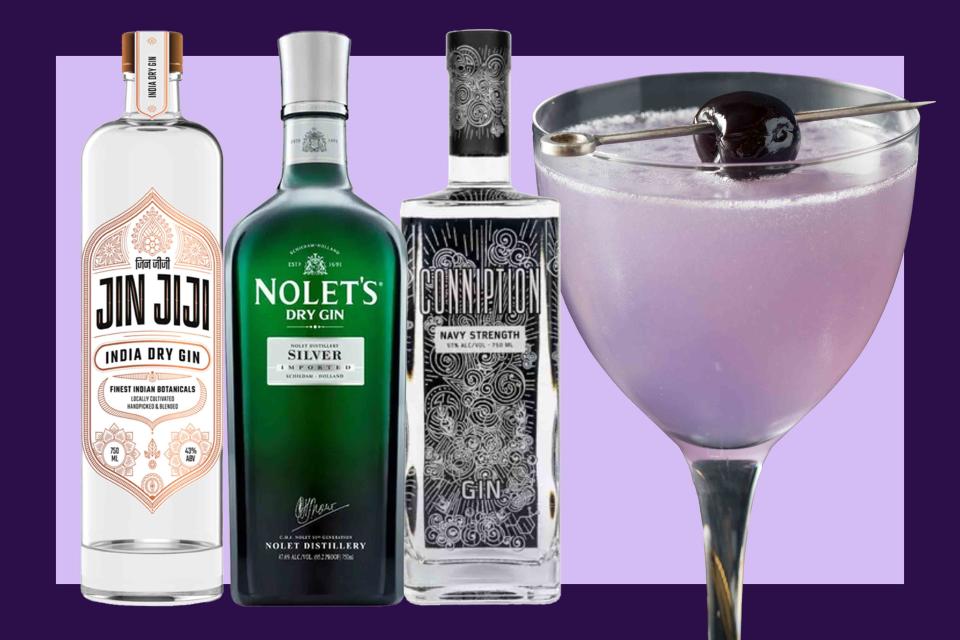
Food & Wine / High Road Spirits, LLC / Nolet Distillery / Conniption Gin / Getty Images
Cocktail enthusiasts have been sipping Aviations for over a century. The drink’s origins are said to date to 1916 when bartender Hugo Ensslin published Recipes for Mixed Drinks and featured a drink made with one-third lemon juice, two-thirds gin, two dashes of maraschino liqueur, and two dashes of crème de violette.
The lilac-hued drink follows the formula of a classic sour cocktail, made with gin, lemon juice, maraschino liqueur for sweetness, and crème de violette for added sweetness and color.
Related: How to Make a Classic Aviation Cocktail
The Aviation is a delicate dance between bright lemon, perfumed violet, and fruit-forward maraschino, but gin remains the base component of the drink. We consulted with bartenders from around the country to weigh in on their favorite gins to use in this classic.
Conniption Navy Strength Gin
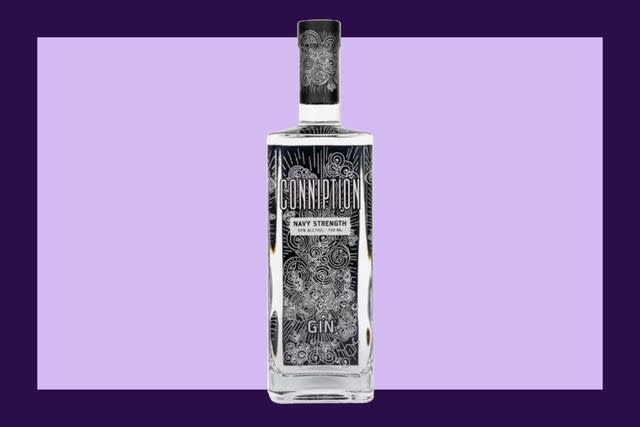
Food & Wine / Conniption Gin
Durham Distillery’s navy-strength version of their American-style Conniption gin comes in at a bold 57% ABV. This high-proof spirit is packed with complex botanicals, including coriander, cucumber, and juniper. Durham Distillery vacuum distills and traditionally distills botanicals into their gins to maximize flavor.
“I like this bottle’s complexity compared to other navy strength gins,” says Jordan Joseph, the bar director for Raleigh, North Carolina’s Crawford Hospitality, which includes Sous Terre, Brodeto, Crawford and Son, and Jolie. “It’s truly singular, with a lot of fruit and cardamom notes that play really nicely with the florals in an Aviation.”
When making his Aviation, Joseph likes to go lighter on the maraschino and crème de violette.
“A traditional Aviation recipe will tell you to use at least a half ounce of maraschino, which is way too much,” says Joseph. “I also like to add simple syrup and saline for balance, which allows the floral notes of the gin to shine though, and helps the cocktail not taste like a bathroom air freshener.”
Kakira Gin
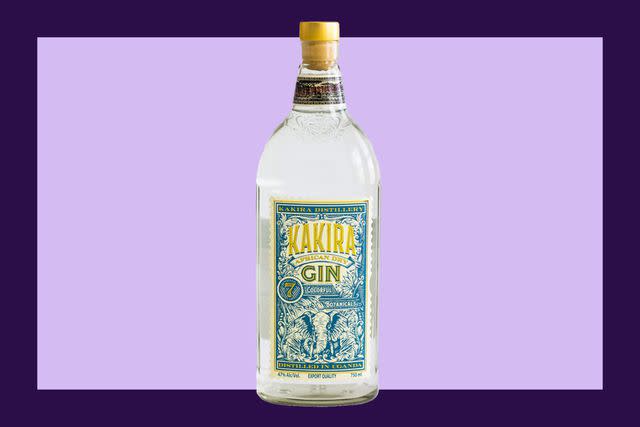
Food & Wine / Kakira Spirits
“My go-to gin for an Aviation, and really any gin drink, is Kakira,” says Chase Lanier, beverage manager of Sorry Charlie’s in Savannah, Georgia. “It’s an African dry gin with an awesome story.”
Kakira’s gin is born from excess sugar cane waste. The sugar cane grown on the shores of Lake Victoria in Uganda is upcycled, fermented, and then distilled with estate-grown botanicals like ginger, coriander, lemongrass, and juniper. Profits from the gin are earmarked for wildlife rehabilitation and water conservation.
“It has unique botanicals that make it stand out among others,” says Lanier. “For an Aviation, it plays with the other components perfectly, creating a light, yet floral, balanced cocktail.”
Monkey 47
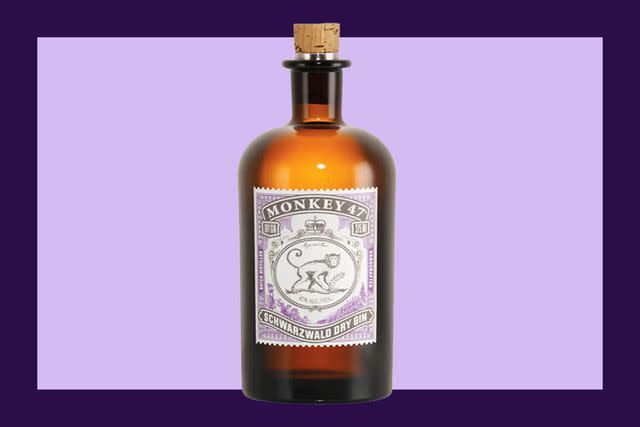
Food & Wine / Black Forest Distillers
To make this bartender-beloved German gin, the producers use 47 different botanicals, including lingonberry, lavender, almond, sage, spruce, and cinnamon, harvested almost entirely in the Black Forest.
Rob McShea, the beverage director at Cococabana at The Brick Hotel in Oceanside, California, likes to amp up the botanical profile by infusing the gin with butterfly pea flower. “It provides the classic violet hue while giving a complex palate of botanicals that mix incredibly well,” he says.
If you prefer your drink slightly sweeter, McShea recommends adding a dash of simple syrup.
Gray Whale Gin
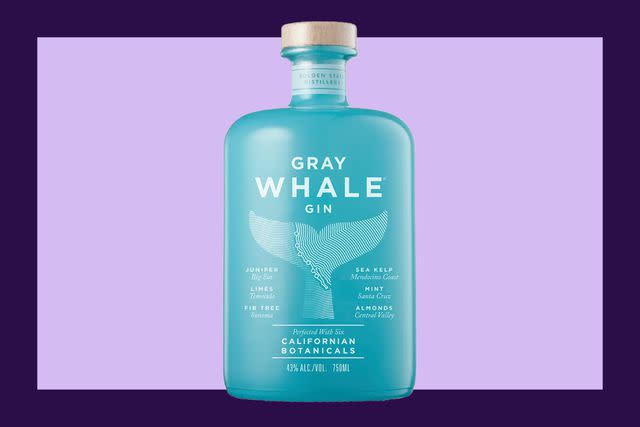
Food & Wine / Gray Whale Gin
Jerry Skakun, who runs the beverage operations at Vistal at the InterContinental San Diego, is based in California, so he gravitates to West Coast bottles for his Aviation variation. “I love Gray Whale Gin, which is distilled and bottled in Sebastopol,” he says. “The gin uses an array of California botanicals offering a unique set of flavor profiles ideal for blending and making cocktails.”
The botanicals used are based on the migration path of the gray whale, who travel 12,000 miles from the warm waters of the Baja Peninsula up to the Arctic during their migratory period. The gin leans on juniper from Big Sur, bright citrus from Baja, California, kombu from the Mendocino coast, and fir from Sonoma Valley.
Jin Jili
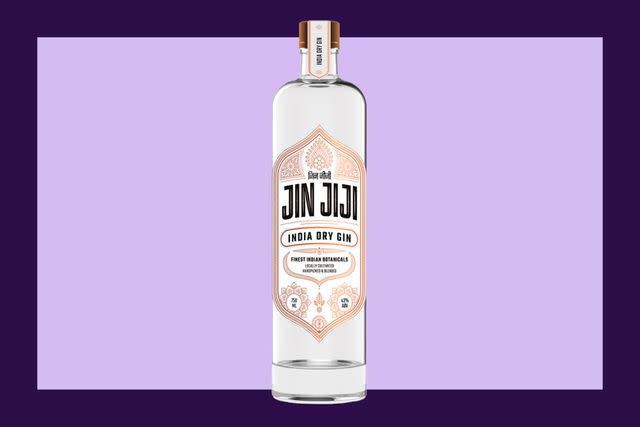
Food & Wine / High Road Spirits, LLC
“When a guest asks for an Aviation, I view it as an invitation for me to play around with other flavors beyond the classic,” says Paresh Patel, the co-owner and beverage director of Besharam in San Francisco. “I have found a gin from India that is very smooth called Jin Jili. It pulls on all of the classic flavors of a juniper-forward gin, but highlights a special blend of botanicals — wild Himalayan juniper, Tulsi leaf, chamomile flowers, cashew nut, and black tea.”
Bombay Sapphire
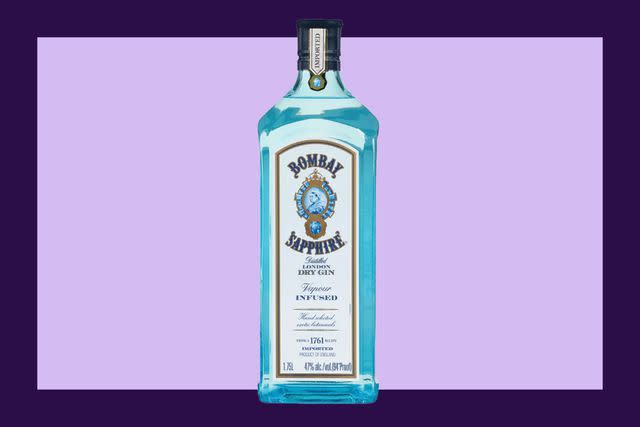
Food & Wine / Bombay Sapphire
Izler Thomas, head mixologist at Tiya in San Francisco, prefers Bombay Sapphire for his Aviations. “It has a well-balanced blend of botanicals, including coriander, angelica root, and juniper,” he says. “These spices contribute to a complex profile that complements the classic ingredients of the Aviation, enhancing the overall depth of maraschino cherry along with crème de violette.”
To boost the overall flavors in the drink, Thomas likes to add lavender tincture as well as a citrus pickle brine to his Aviation.
Plymouth Gin
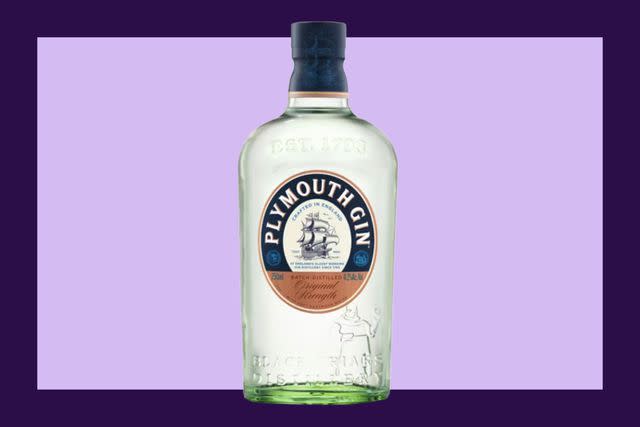
Food & Wine / Plymouth Gin
“I love Plymouth in an Aviation because of its bright citrus notes,” says Jonathan Brasher, the front-of-house manager at Alabama-based Tre Luna Bar and Kitchen and Tre Luna Catering.
Plymouth gin is a unique category of gin made in Plymouth, a town on the Southern coast of England. It’s softer than London Dry gins and puts more of a focus on citrus and earthiness — excellent for a hyper-aromatic drink like the Aviation.
In Brasher’s rendition, he adds a pinch of salt to subdue the sweetness and enhance the bright flavors in the drink.
Nolet’s
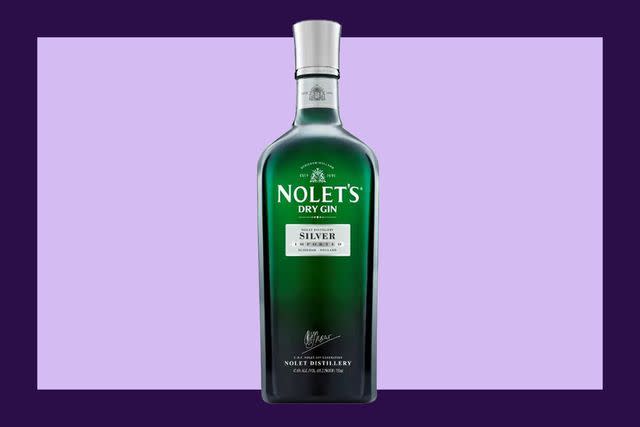
Food & Wine / Nolet Distillery
“I typically like to reach for a gin with a bit more proof when making an Aviation,” says Tyler Faust, the bartender at The Citizen in Alys Beach, Florida. “At 47% ABV, Nolet’s has been a go-to pick for this cocktail. It’s at the right ABV to cut through when mixed, and their unique botanical blend has more floral notes, which complement the violette without being overpowering.”
The Netherlands-made gin features Turkish rose, white peach, and raspberry. To balance out the higher alcohol, Faust adds a bar spoon of rich simple syrup. “It helps round out the drink and accentuate the floral flavors.”
For more Food & Wine news, make sure to sign up for our newsletter!
Read the original article on Food & Wine.


